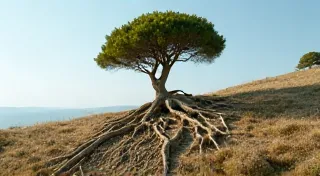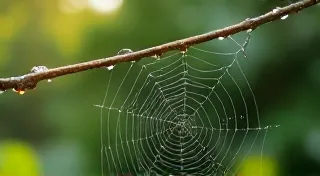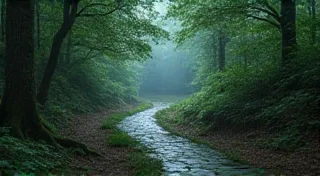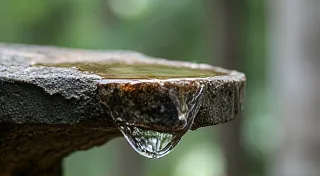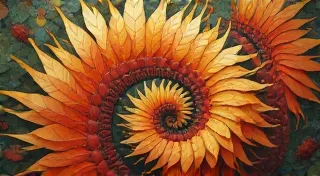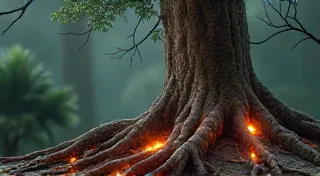Symphony of the Decomposers: Fairy Rings and the Cycle of Life
There's a peculiar beauty in witnessing decay. Not the sterile, clinical kind, but the vibrant, teeming beauty of transformation. It's a beauty most readily apparent in a fairy ring – that startlingly perfect circle of mushrooms rising from the grass, a visual poem written in fungal threads and ancient belief. These aren’t just patches of mushrooms; they are gateways to a deeper understanding of life's ceaseless cycle, a landscape resonating with folklore and whispered secrets. The feeling is similar, I find, to the emotion one experiences when encountering a beautifully restored antique accordion; a tangible link to the past, a monument to ingenuity and resilience in the face of inevitable decline.
My grandfather, a clockmaker with hands that seemed to breathe with the rhythm of gears, used to say, “Everything returns to dust, but in returning, it creates.” He would demonstrate this with a fallen apple in his garden, explaining how its decomposition nourished the soil, fostering new life. The fairy ring echoes this profound truth. They’re formed by a single organism – a vast, interconnected mycelial network – spreading outwards in all directions. As the fungus consumes organic matter, it leaves behind a ring of dead grass, creating that stark, circular boundary. The mushrooms themselves are merely fruiting bodies, the visible manifestation of an underground behemoth.
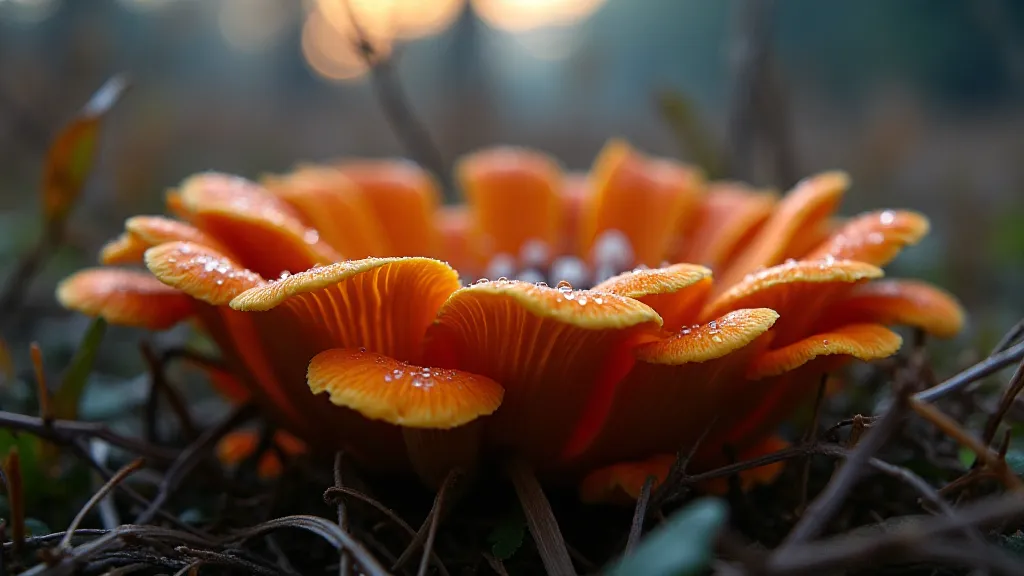
Ancient Beliefs and the Liminal Space
For centuries, cultures around the world have woven elaborate folklore around fairy rings. They weren't simply observed; they were feared, revered, and incorporated into narratives of magic and the Otherworld. In many European traditions, entering a fairy ring was considered extraordinarily dangerous. It was believed to be a gateway to fairy land, a place of enchantment and peril. To stray within was to risk being trapped, danced to death by the fairies, or worse, spirited away entirely. These weren't just cautionary tales; they reflected a deep-seated understanding that these circles represented a boundary – a liminal space between the known and the unknown.
Irish folklore speaks of fairies dancing in fairy rings, their revels accompanied by music and laughter. The grass within the ring would be worn thin from their movements, and anyone foolish enough to join their dance would find themselves eternally bound to their realm. Similarly, in Scandinavia, fairy rings were often associated with elves and trolls, powerful beings who controlled the natural world. The rings were seen as sacred groves, places where the veil between worlds was thin.
The association with the dead is also prominent. In some cultures, fairy rings were believed to be the burial places of elves or other supernatural beings. The ring itself was seen as a protective barrier, marking the sacred ground and preventing the spirits from wandering.
The Craftsmanship of Decay and the Accordion’s Parallel
There’s a beautiful irony in how something born of decay can inspire such awe. Just as a clockmaker painstakingly restores a broken timepiece, breathing new life into its gears and springs, so too does nature orchestrate this intricate cycle of life, death, and regeneration. It's a testament to the elegant efficiency of the natural world, a constant reminder that endings are simply new beginnings in disguise.
The parallel with an antique accordion feels acutely personal to me. I recently acquired a battered concertina, its bellows cracked and its reeds stubbornly silent. The wood was scarred, the leather brittle, a visible chronicle of decades of neglect. Resurrecting it felt like a sacred act. Disassembling it, carefully cleaning each piece, and meticulously replacing worn components required an almost meditative focus. I thought of the original craftsman – the unknown artisan who poured their skill and passion into its creation – and felt a deep connection to that legacy.
Like the fairy ring, the accordion's beauty wasn’t in its pristine condition, but in its history, its story etched into its every imperfection. The cracks in the bellows spoke of countless songs played, of hands that once squeezed and coaxed music from its depths. The accordion isn't just an instrument; it's a vessel of memory, a tangible representation of human creativity and resilience.
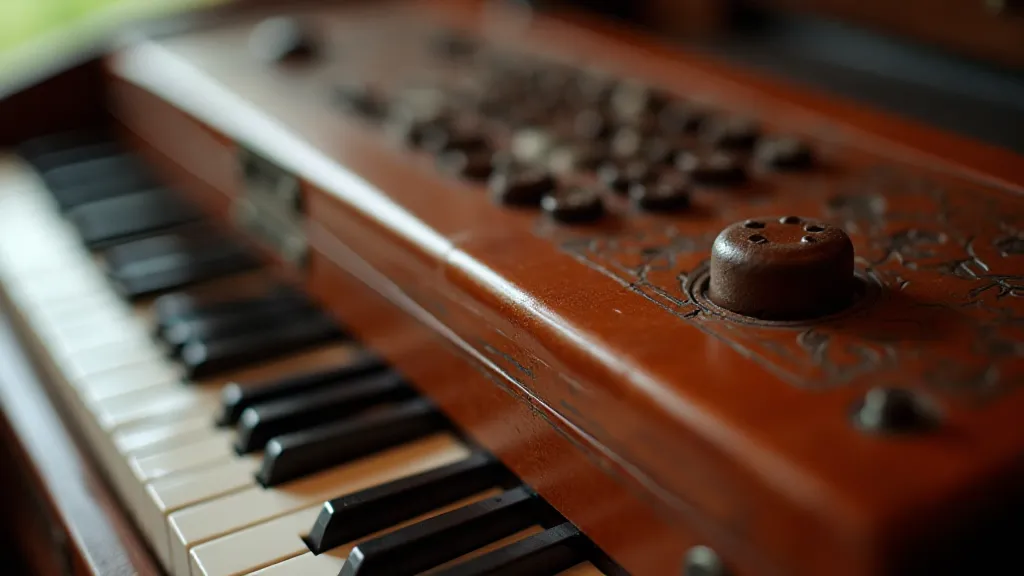
The Science Behind the Wonder
While folklore provides a rich tapestry of meaning, the science behind fairy rings is equally fascinating. The rings are formed by certain species of fungi that grow outwards from a central point. As the fungus expands, it depletes the nutrients in the soil, eventually killing the grass and creating the characteristic ring. The species *Marasmius oreades* (Scotch Bonnet) is a common culprit, but many others contribute to the phenomenon.
What’s truly remarkable is the longevity of these fungal networks. Some mycelial mats are estimated to be hundreds, even thousands, of years old, stretching for acres beneath the forest floor. Imagine the stories they could tell, the history they have witnessed!
The “fairy tap,” a tingling sensation some people experience when entering a fairy ring, is likely caused by the fungus releasing spores or volatile organic compounds, though the exact mechanism remains a subject of scientific inquiry. Is it a coincidence, or is there a more profound interaction between the fungus and the human nervous system?
Regional Variations and Enduring Fascination
The folklore of fairy rings varies significantly from region to region. In Slavic cultures, they are often associated with forest spirits and protective energies. Native American traditions sometimes view them as sacred circles, marking places of power and connection to the spirit world. The specific narratives and beliefs reflect the unique cultural landscape and the relationship between humans and the natural environment.
Even today, fairy rings continue to inspire a sense of wonder and mystery. They serve as a powerful reminder of the hidden world beneath our feet, the intricate web of life that connects us all. They embody the cyclical nature of existence, the beautiful dance of decay and renewal. They invite us to contemplate our place in the grand scheme of things and to appreciate the profound wisdom of the natural world.
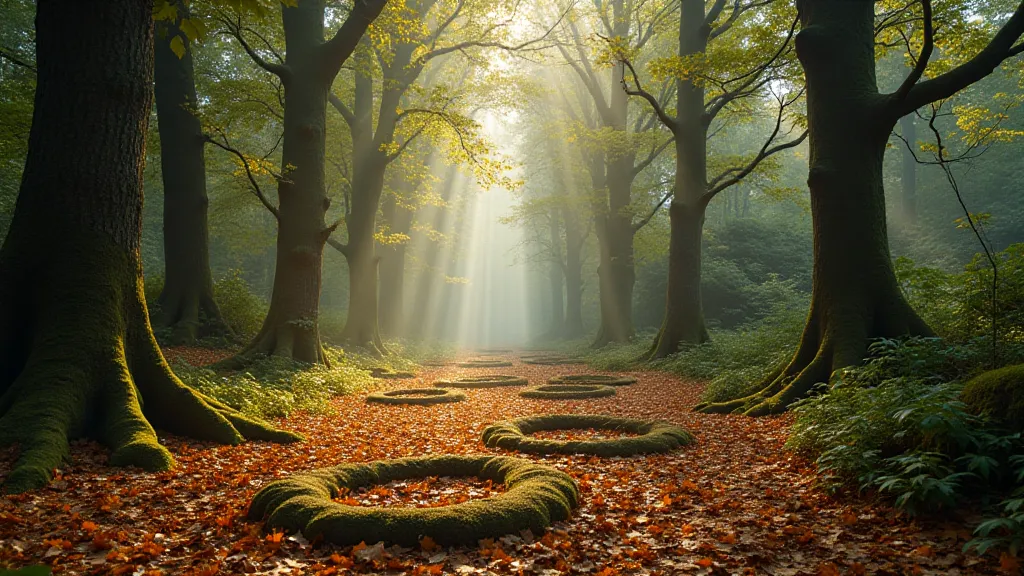
The next time you stumble upon a fairy ring, take a moment to pause and appreciate its beauty. Listen for the faint rustling of the leaves, the whispered secrets of the earth. Remember the ancient beliefs, the folklore, the science. And most importantly, remember that you are witnessing a symphony of the decomposers – a testament to the enduring power of life, death, and rebirth.
